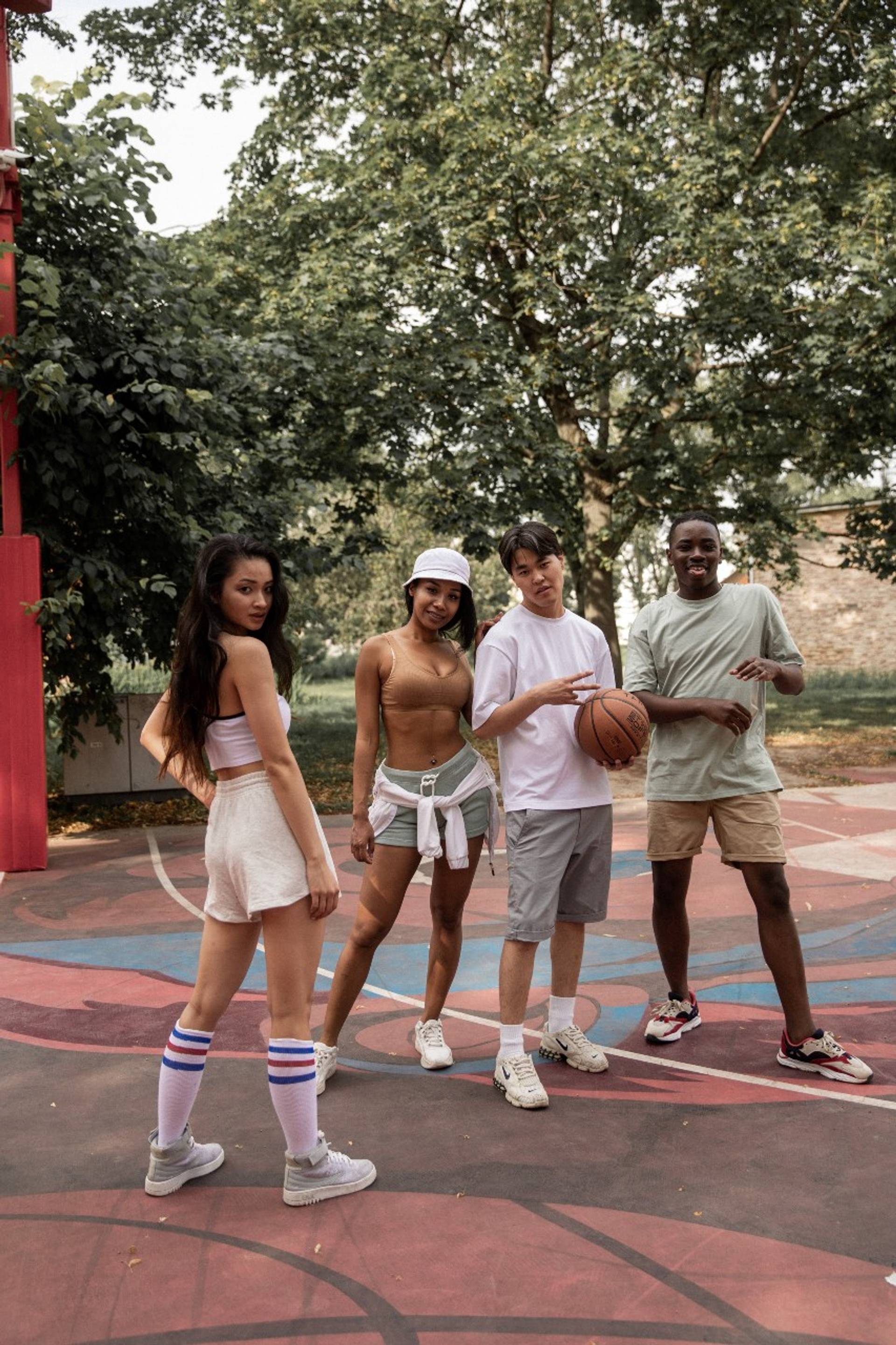
Fans and teams were thrilled about returning to stadiums post-lockdowns, but the honeymoon period quickly ended following a series of abuse aimed at players during live games. The outrage at these incidents speaks to people’s shrinking tolerance of bad behavior from fans and players alike.
The highly anticipated return to live sporting events has been quickly tarnished by several instances of disruptive behavior from fans. The NBA, for instance, has doled out five lifetime bans to fans for conduct ranging from spitting on players to throwing popcorn on them. In the UK, an overwhelming 97% of sports fans say they will come back to live events – but these incidents have sullied the romantic reunion. “You can tell those people have been in some sort of captivity for the last year and change, right? It's kind of wild to see the liberties people are taking," says Wizards center Robin Lopez. But what’s new about these incidents is the decisive action and condemnation from sports authorities and fans alike, with #protectourplayers trending on social media.
After 15 months without large sporting events to attend, it’s unsurprising some fans are having a difficult time relearning social boundaries. But what’s more interesting is how this period of fan absence has made player abuse both more salient and more unacceptable. This is an industry where 41% of ethnically diverse fans in the UK say fear of racial and physical abuse makes them hesitant to attend events, and with few exceptions, equality efforts have been player-led protests. But perhaps spurred by the period of fan abuse armistice, tolerance has shrunk for fans and sporting bodies alike. Increasingly, players are being humanised rather than seen as commodities to be traded and taunted – which is something brands working with them can keep in mind.
Jonathan Hassall is a senior behavioural analyst working in the data and insights team at Canvas8. A published academic with a Masters degree in Psychology, he’s brought cutting-edge research techniques to some of the largest brands in the world. Can usually be found immersed in niche musical genres, or being a doting father to a panoply of plants and a primadonna cat.